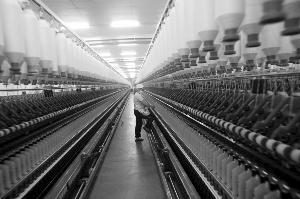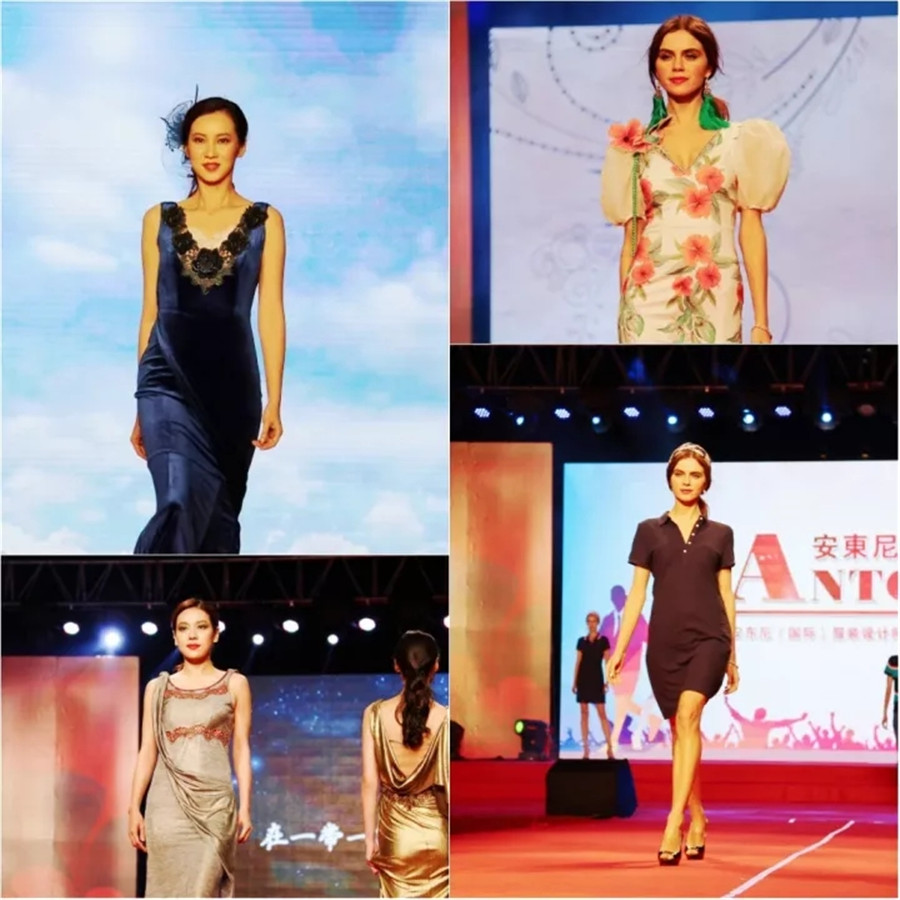Foreign news, the past week (March 8-14), India's cotton prices fell sharply, cotton yarn prices fell slightly. The price of PSF in India has remained stable, and polyester prices have risen.

According to statistics, in the past week, India's S-6 prices have fallen by Rs 300/km to Rs 41,000/km, down by 0.7%. Prices in Ludhiana have dropped by Rs 1 to Rs 199/kg. Yarn production Profit has recovered. In the past three months, India’s C30S prices have risen by 4.7%, while Pakistan’s has increased by 6.6%.
Due to the continued weakness of the rupee, Indian cotton yarns have maintained a relatively strong competitiveness in the international market. At present, the export price of cotton yarn in India is still at a high level of stabilization. The export price of JC30SFOB is US$3.35/kg, and the export price to China is increased by 2美/kg. In terms of blended yarns, due to the fall in China's PSF prices and the continuous appreciation of the renminbi exchange rate, India's polyester cotton dropped sharply. The T65/C35 30S price dropped by 7 cents/kg, a decrease of 2.5%.
November 21, 2017 China Skills Competition - Award Ceremony of "Baiyuan Cup" Weft Knitting Professional Skills Competition of National Textile Industry was held in Wenhua Park, Foshan, Guangdong Province.
Vice chairman of China Textile Industry Federation, president of China Knitting Industry Association Yang Jichao, deputy secretary general of China Textile Industry Federation, executive vice chairman of Textile Light Technology Education Foundation Ye Zhimin, director of human resources department of China Textile Industry Federation, textile Industry and Skills Identification Center Director Sun Xiaoyin, China Textile Industry Tobacco Textile Textile Trade Minister Wang Xiaojing, vice president of China Knitting Industry Association Lin Guangxing, China Knitting Industry Association Deputy Secretary-General Cai Jianhua, China Knitting Industry Association, Secretary-General of the Expert Technical Committee, China Knitting Industry Association Industry Advisory Division, China Knitting Industry Association, the Secretary-General of Expert Committee, competition chief referee Zhao Qi, Guangdong Provincial Federation of Industry Workers Lu Xiaolu, Guangdong Provincial Federation of Industry Vice Chairman Fu Peide, Guangdong Textile Association Chen Tongxuan, Foshan Municipal Committee Deputy Secretary-General Wu Xiaoqing, Foshan Chancheng District deputy secretary, district government mayor Kong Haiwen, Foshan Chancheng District Standing Committee, vice mayor Cao Hongbin, Foshan Chancheng District Party Committee Propaganda Department Zhang Hongbing, and Quanzhou Bai source machinery Fu Yaqin, assistant to president of Technology Co., Ltd., Chen Jie, president of Foshan East Era Textile Co., Ltd., Wang Dao-shun and Zhang You-chun, Tsinghua University attended the ceremony.

Zhao Qi commissioned by the organizing committee for competition technical reviews. She said that Shandong players action norms, the operation of the process has been optimized to reduce the ineffective action and improve efficiency. Recommend that all companies in the establishment of codes of practice to be carefully designed to optimize the process, starting from the time of training new staff to develop good operating habits, just some of the best players perform not the best performance but the most standardized, which is held this The purpose of the contest.
In his speech, Cao Hongbin said that Foshan clearly set the goal of building a "first-tier manufacturing city in China" and vigorously promoted the "craftsmanship" by organizing activities such as "Craftsmen of the Ayutthaya" and made great efforts to create a "national manufacturing innovation center." In recent years, Zhang Qiang attaches great importance to product quality and design aspects, advocating the spirit of excellent craftsmen of the new era, emerged a number of brand companies and craftsmen. 2017 China Skills Competition - the national textile industry "Bai source Cup" weft knitting occupation skill competition finals conform to the development of the industry.
Fu Yaqin said that the successful holding of the "Bai Cup" Weft Knitting Professional Skills Competition in the national textile industry gave participants a testimony to the excellent interpretation of a group of outstanding weft knitting talents. Baiyuan Machinery in the past 20 years of operation, has been in close cooperation with Foshan Zhang Jian, the future the company will continue to provide better circular equipment and better service to better boost industrial development.
Yang Fan as the player representative read the proposal. He said: "Through this competition and exercise, I not only learned the new operation method, which has greatly improved in technology. In the course of the competition, I deeply felt that I was meticulously and constantly improving myself and constantly challenging myself. The spirit of competition. "He represents all the contestants to the national knitwear industry initiative, and hope that with the national textile industry brothers and sisters, the competition spirit into daily work and life, and constantly improve themselves and upgrade the technical level.
Yang Jichao summarized the contest. He pointed out that this contest is more scientific and normative, and the operation of the competition has been enhanced compared to the past. Players through the competition to learn technology, learn from each other, help to enhance their own level, formed a good atmosphere in the industry. In the daily production work, enterprises and regions that paid more attention to employee skill training achieved better results in the competition. Qingdao Shifa Group played a good exemplary role and is worth learning example for textile enterprises. He thanked all the coaches and referees for their professional accomplishment for the successful escort of the contest, and also expressed his gratitude to Quanzhou Baiyuan Machinery Technology Co., Ltd. for its contribution to the contest. He said that the purpose of this contest is to enable textile workers to see the difference between different players, learn from each other, reinforce their operational level, and ultimately solve the textile industry imbalance, inadequate and other issues. Zhang 槎 owns hundreds of knitting enterprises, is in a new stage of transformation and upgrading, the contest held here, so that more textile people understand Zhang 槎, thus promoting the development of the textile industry in the region.






